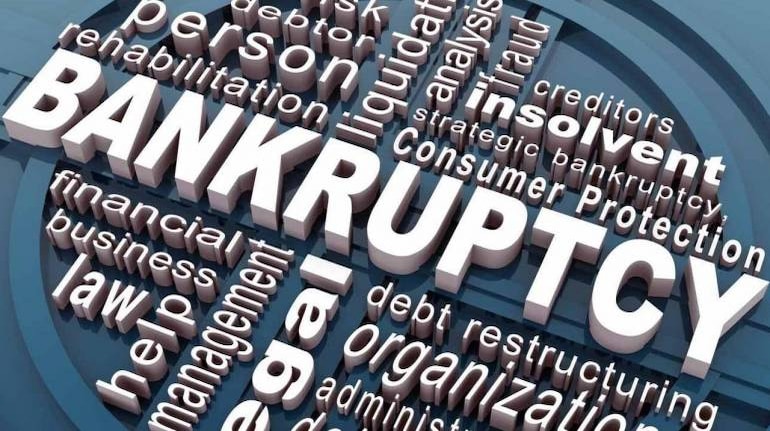



Ravi Krishnan
A 100 percent recovery for banks in the Essar Steel case could well mean a big blow to the sanctity of the insolvency resolution process.
The Ruias, the promoters of Essar Steel, have offered to pay Rs 54,839 crore for the firm – thus allowing all financial and operational creditors to recover their dues – and withdraw it from the insolvency resolution process. At first blush, that looks like a great victory for the Insolvency and Bankruptcy Code (IBC).
Commercial prudence dictates that banks accept the offer. A 100 percent recovery is any day better than a 86 percent recovery. However, the last ditch effort of the promoters to get back their company raises questions about the legality and fairness of the bid.
Consider the legal aspect. Remember the Ruias were disallowed to bid when the government moved an ordinance last November (since converted to law) to prevent defaulting entities, their promoters and related parties. Later, the Supreme Court ruled that Numetal, one of the bidders for Essar Steel, was acting in concert with the Ruias.
In June and July this year, subsequent amendments to the IBC allowed withdrawal of firms from the insolvency process provided such an application was filed before expressions of interest were submitted for the asset. In the Essar Steel case, the insolvency process is in its final stages. Simply following the law means that the bid should not be allowed although the Ruias have argued that a reasonable reading of the law should allow them an opportunity to withdraw because this clause was implemented after bidding had started.
A last minute bid is unfair to other participants in the resolution process, whether it comes from promoters or any other entity. How long can the resolution process be dragged on in a bid to recover the maximum value from an asset?
Remember, the bankruptcy law reforms committee (BLRC) wanted the IBC to be “a collective mechanism for resolving insolvency within a framework of equity and fairness to all stakeholders to preserve economic value in the process."
As the chairman of the Insolvency and Bankruptcy Board of India, MS Sahoo reiterated: Resolution plan is not just a bidding mechanism or price discovery mechanism...our focus is on the resolution. The objective is to keep the firm alive, to maximise the value of the asset and balance the interests of all stakeholders.”
A last minute attempt to upend the due process of the code is seen not only in this case but even in others such as Binani Cement. For the asset, revised bids and an offer of withdrawal has led to delays with the case now being stuck at the National Company Law Appellate Tribunal (NCLAT) for at least three months now.
Leave alone the question that if the Ruias had money, why didn’t they pay it earlier. It has been four months since the amendment that allowed withdrawal of cases and three weeks since the Supreme Court judgment on Numetal.
The key question here is where do you draw the line and say the process has ended. In Essar Steel’s case, it has been reported that 92 percent of the committee of creditors had approved ArcelorMittal’s plan. It is fine if the committee of creditors use something like say, the Swiss Challenge method of an auction to extract maximum value, as it did in the case of Ruchi Soya. But once a process has been laid down and the committee has voted on a plan, allowing last-minute bids scuttles the process.
Now, this is not about following technicalities and the letter of the law. The IBC is not only about resolution and recovery, but also inducing a behavioural change in debtors. It sends the message that promoters do not have a divine right to stay in control if they are unwilling to put in new money, to paraphrase former Reserve Bank of India Governor, Raghuram Rajan. The anchor of the IBC is the promise of a time-bound resolution for stressed assets to bring them back to the productive sphere of the economy. Allowing promoters – or any other bidders for that matter – to endlessly revise bids would strike at the very heart of the code.
Discover the latest Business News, Sensex, and Nifty updates. Obtain Personal Finance insights, tax queries, and expert opinions on Moneycontrol or download the Moneycontrol App to stay updated!
Find the best of Al News in one place, specially curated for you every weekend.
Stay on top of the latest tech trends and biggest startup news.